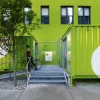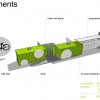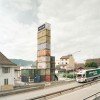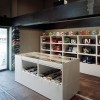Shipping Containers: Creative Architecture at Work
Most of us don’t ever really think about shipping containers unless we work in logistics or caught the second season of The Wire. They have been steadily making their way into the architectural world -- their low cost and ambulatory nature making them appropriate in a variety of contexts, such as upscale housing and small workplaces or getaways. The creativity of these spaces emerges with the challenge of fitting design into a box, quite literally. Here, however, we will examine that creativity a bit further in a few other uses, while discussing shipping container design with Pittsburgh-based architect Gary P. Moshier of Moshier Studio.
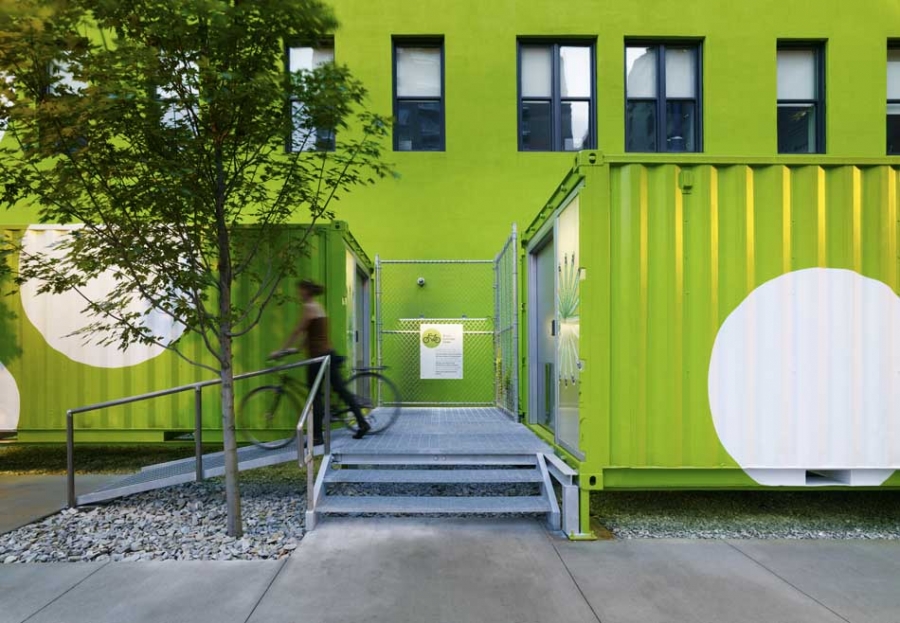
Urban Revitalization
One of the many advantages to shipping containers is their versatility. Moshier Studio worked with Los Angeles firm Koning Eizenberg Architecture to design a bicycle commuter center to supplement an adaptive reuse of a historic office building into affordable apartments in the Cultural District of downtown Pittsburgh. The building itself is seeking LEED Gold Certification, but the Bicycle Commuter Center also received an AIACC Merit Award for small projects. It included the use of two shipping containers, providing secure indoor and outdoor storage for almost 50 bicycles – for use both by residents of the building and the community at large. Moshier explains, “It’s really successful, and it’s completely leased out to tenants. Every time I’ve been by the extra bike racks are at least 75% full, and downtown has really turned into a pretty vibrant bicycling commuter community.” He continued to describe the added housing that has been introduced to the downtown Pittsburgh area -- over 1,000 units, not including added student housing, in the last few years. The Bicycle Commuter Center has thus been an important addition to downtown street life, facilitating a form of transportation that is both sustainable and embracing of community.
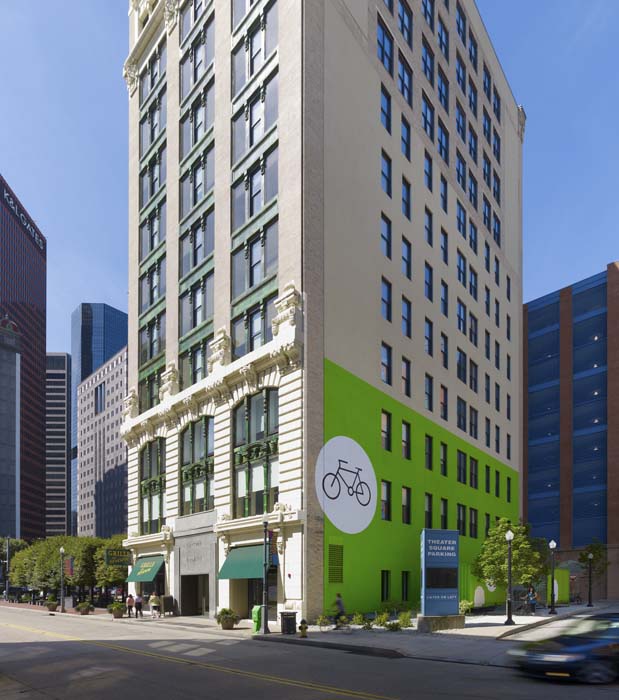
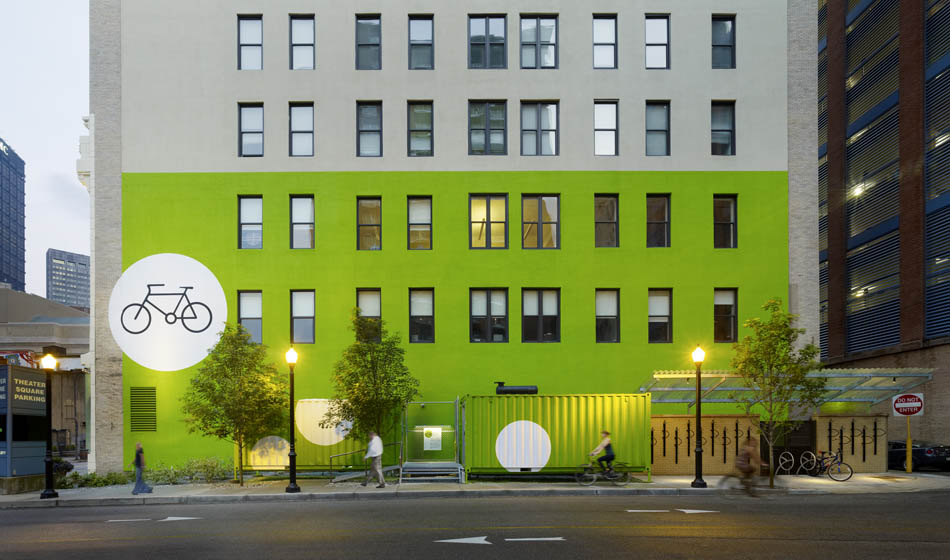
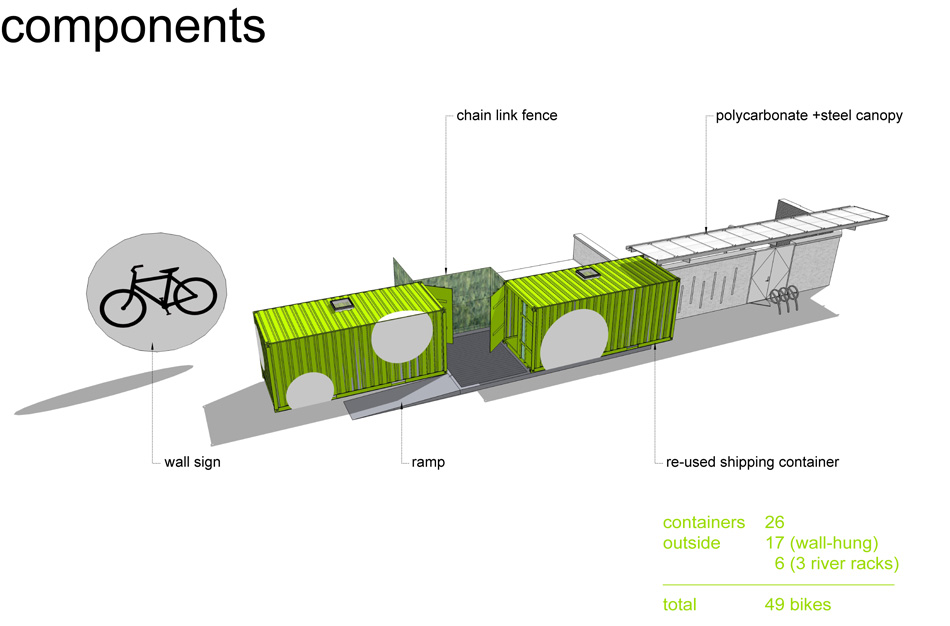
Relief Efforts
In times such as these, when recent tornadoes, tsunamis, and floods have wrecked and ravaged homes and the fabric of communities worldwide, providing basic services in a cost-effective manner has grown to be increasingly important. Moshier explains that two of the biggest advantages of using shipping containers are their low cost and high availability. He adds, “For things that are meant to be a bit more temporary and movable, you can set up the space off site or in a shop area and approach it in a modular fashion.” This is a particularly useful aspect when considering such projects as the Clinic in a Can, a developed transportable hospital that has been used by non-profit Hospitals of Hope in places such as the Sudan and Haiti (check out The SEED Project at Clemson University: Safe Housing for Haitians).
“A lot of the cost of the shipping containers is really getting it on site. There’s plenty of stock here in Pittsburgh because of the rail and highway connections that we have here... Areas that are off the beaten path, more inland, or not near a transportation hub may not find them to be as plentiful. Certainly the port cities, they’re just everywhere. Also, if you need more space than you can put together dimensionally that’s a challenge. You have to be able to break your program into pieces within those sizes easily.” Gary P. Moshier, Moshier Studio
According to Clinic in a Can, a typical clinic fitted to a shipping container can consist of two exam rooms, a laboratory, and a mechanical room with a generator and water system. The clinics can also be modified to include a dental room, a radiology suite, or a surgical suite. These are incredible resources for the residents of these areas, and the shipping container hospital could certainly be a fantastic solution to these sorts of crises. They do not go without challenge, however. Moshier notes, “A lot of the cost of the shipping containers is really getting it on site. There’s plenty of stock here in Pittsburgh because of the rail and highway connections that we have here... Areas that are off the beaten path, more inland, or not near a transportation hub may not find them to be as plentiful. Certainly the port cities, they’re just everywhere. Also, if you need more space than you can put together dimensionally that’s a challenge. You have to be able to break your program into pieces within those sizes easily.”
Commerce
The trading of goods and services can come in a variety of shapes and sizes, and one of those is a box roughly 40' x 8' x 8’-6". In remote areas such as the Federated States of Micronesia in the Pacific Islands (bust out your maps!), shipping containers have been fitted to serve as convenience stores for small-scale commerce. On a much larger scale, international business can make use of these low-cost containers to construct retail space. A fantastic example of this can be found in German bag design team Freitag, who have opened six locations in Europe, including a formidable skyscraper of shipping containers in Zurich. The building was created by using 17 rusty, recycled containers and covers four separate sales floors. The building, designed by architects Annette Spillmann and Harald Echsle, is a rather dramatic demonstration of what can be accomplished by using these freight containers. It is, however, also a fantastic testament to the power of creativity addressing the challenges of working with such restrictive dimensions.

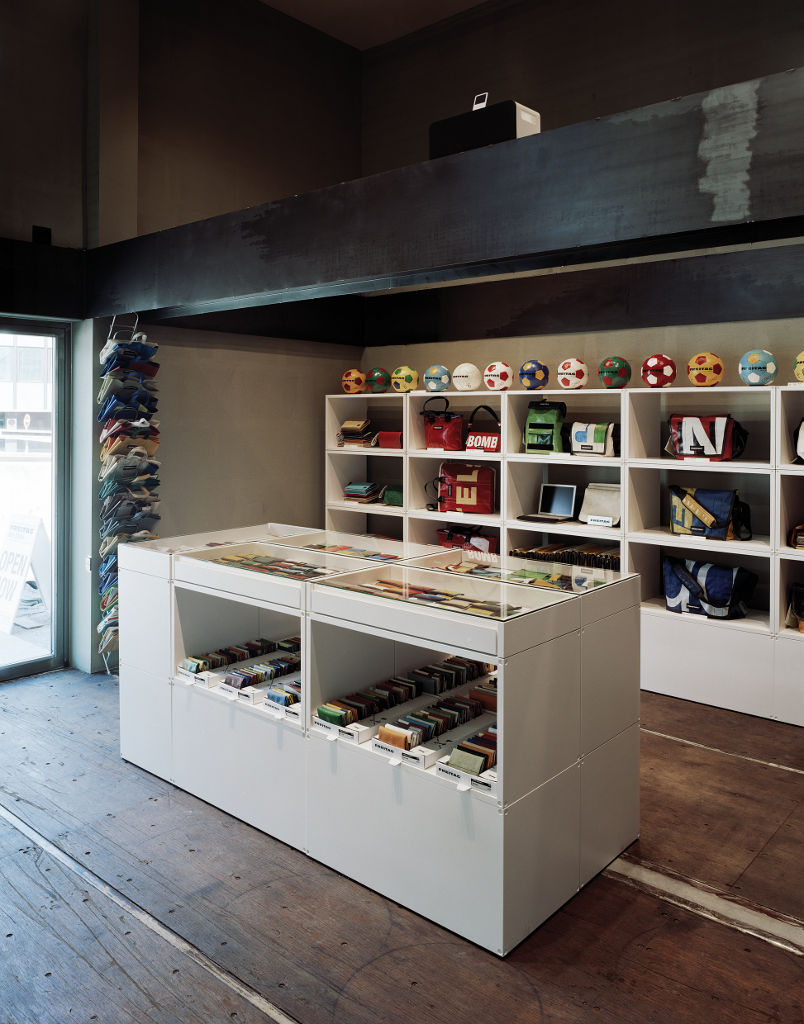
In short, more shipping containers would likely be employed to meet the overwhelming needs of our society if it were simple and easy to do so. Some obvious hurdles arise when working with these big metal boxes. The success stories presented here, however, serve as shining examples of the great power of innovation and resourcefulness: the incredible advantages of shipping containers should certainly not be discredited.




